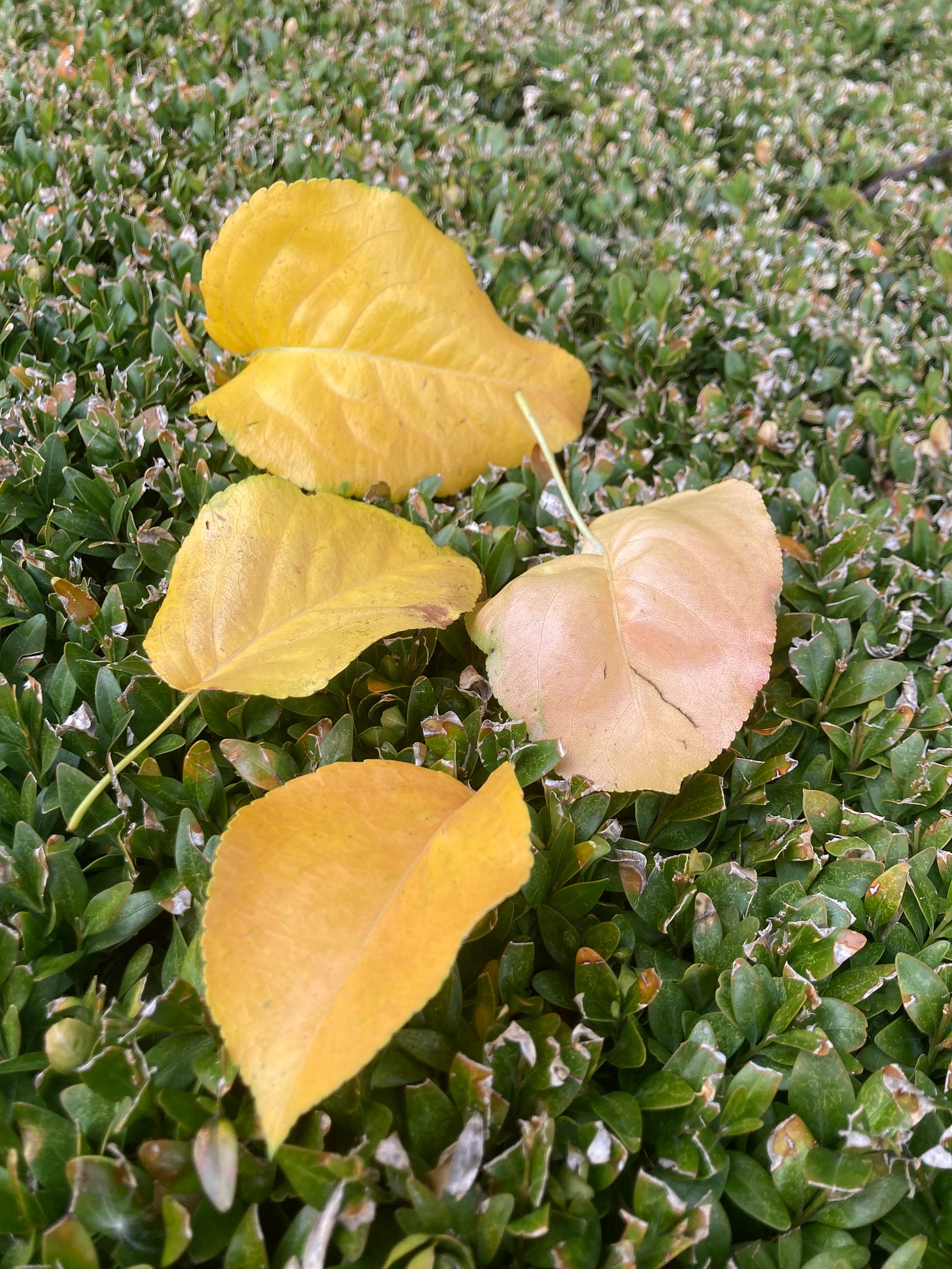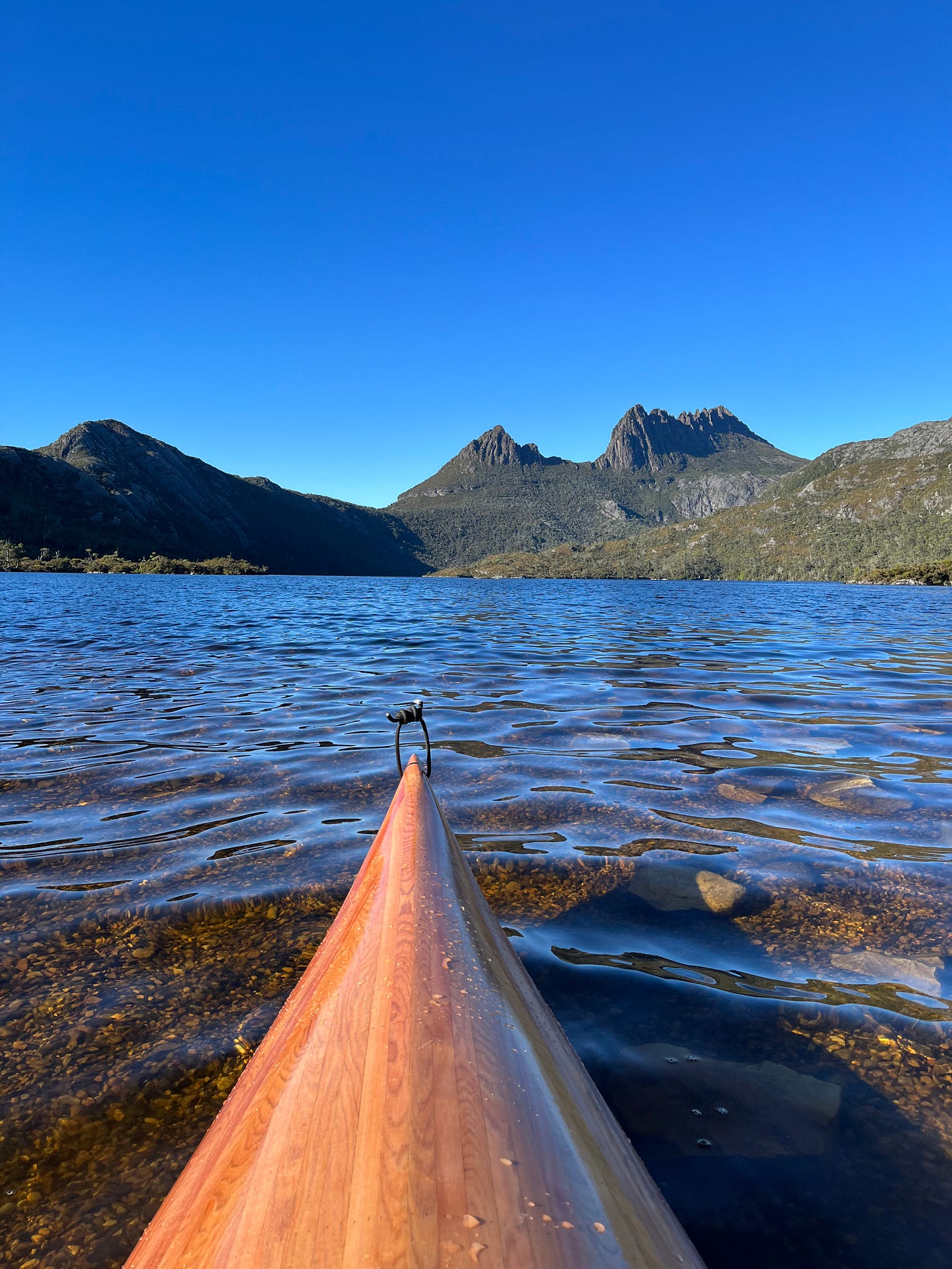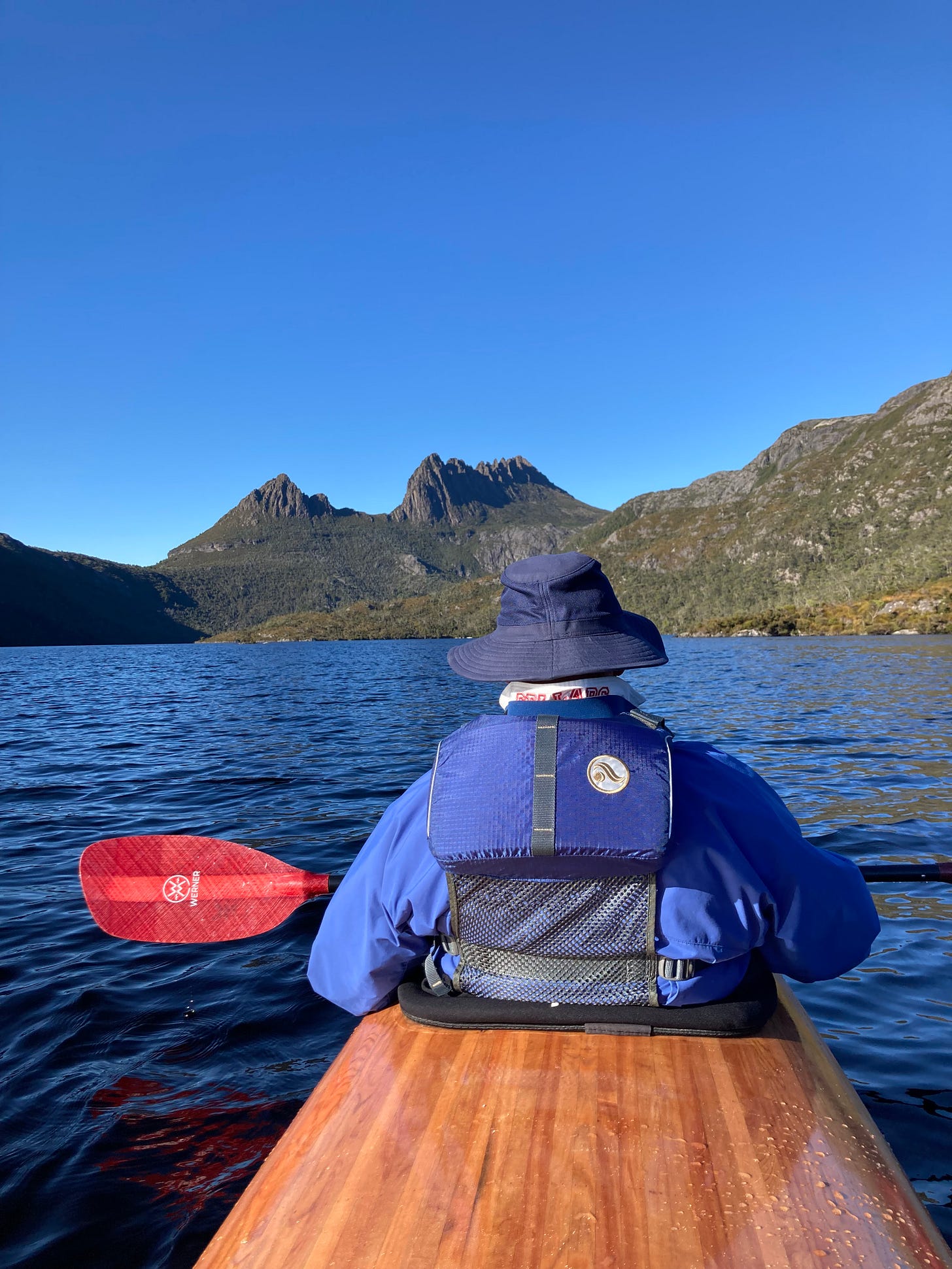Lellow...
... for Knots in the String...
Lellow is my little grandson’s word for yellow. One day soon, he will come home from school, a day of two older, and he won’t say lellow anymore, the word will be gone, dissolving in a young child’s new lexicon. I will be a little sad and so maybe I’ll use it myself to describe happy and hopeful moments, just so the word won’t be forgotten, because to be honest I think the word describes the colour perfectly.
Yellow is honey, molten amber, lemon curd, custard, candlelight, sunshine lying in mellow pools on the ground. Things that seem to flow. And what is lellow if not a word that flows… say it slowly and you’ll see.
Better still, autumn, in which we now find ourselves in my neck of the woods is the season of lellow – lellow leaves, lellow fields and lellow light – a veritable stream of melted butter.
When I was in my very early twenties and earning a salary as a programme researcher in broadcasting, I walked past a tiny pocket-handkerchief jeweller’s shop in Collins Street, Hobart. There were gold charms in the window, and I had a bracelet of golden charms I had collected as I travelled the world.
But this day, a flash of lellow caught my eye. Lying on a pad of black velvet was a little amber apple. Amongst all the finely wrought gold charms and precious gems like citrines, topazes and lellow diamonds, it didn’t sparkle or glister – it just glowed.
Immediately I thought of the story of Atalanta and Melanion and the golden apple – one of the legends I had read as a child.
Some things sing to you, don’t they, and the apple sang to me. I placed it on layby and over time, paid it off until I could wear it on a long golden chain with the right coloured shirts or black roll-necked sweaters. It’s been on radio, on TV and part of motherhood and wifedom and it’s still as loved now as then, and all the better for being called a lellow apple!
My Time:
Passing through amber-tinted countryside to have an adventure in a beautifully crafted honey-coloured double kayak – a guided paddle the length and breadth of Dove Lake, beneath the iconic crags of Cradle Mountain in Tasmania.
It was superlative – no other words.
Two days, by the time we drove to Cradle Mountain and then motored home again. We woke to crystal blue skies and a crunchy white frost (our first for this year) and a fresh dawn temp of three degrees, so that we had to cuddle deep into polar fleeces and hiking jackets. Once at the tannin-rich lake and in the strip-built kayak, we slipped fingers and toes into wetsuit boots and gloves, pulled on Mae West vests (the lake is 60 metres deep in the middle) and began to kayak waters that were only discovered by white men in the 1820’s. Prior to that, the River People, Tasmania’s First Nation folk, had been using the area for many thousands of years.
A mean wind gusted every now and then. Funnelling down from Little Horn, it bit our cheeks and lips but as quickly as it gusted, it would fly away and calm would return. But in the end we had a tail wind back to the ramp with creamy windrows fluffed up on the whisky-coloured water.
We’re not hikers, so viewing these most iconic features from the water, being surrounded by stark and violent dolorite upthrusts was breathtaking, even though it may take a week to get our energy and equilibrium back. Twelve hours in the car, kayaking from the rear seat, operating the rudder peddles and paddling what is in essence a much heavier kayak than I’m used to has reduced my back to a pitiful state. And so I ask, was it worth it?
Oh my heaven yes!
After publishing the newsletter, I plan to throw myself into the cool waters at our beach and see if salty weightlessness and chill can do its thing and then I’ll be fine.
Reading:
Too tired.
Listening:
Cornwell’s The Pale Horseman which I finished on the way back to the coast.
Watching:
Asleep on the couch. One of the problems with having a vestibular disorder is that any motion (prolonged road travel, sea travel, air travel) can induce a vertiginous feel. The only way to ease it is with rest. Sounds perfect to me…
We’ve been so wrapped in gold and umber over the last two days that one find we made was very precious. Tasmania has only one native deciduous tree. Called the Tangle foot or Common Fagus, (Nothofagus gunnii) it’s a delicate beech with petite leaves that turn bright yellow in autumn. It’s early yet – maybe another month – but how lucky were we to find some leaves on the turn.
We felt such privilege to kayak the waters and to tread the shoreline and bush of an ancient time and it has created an amber-tinted memory that truly does live up to our grandson’s delicious word – lellow.







Oh, those words little ones say that then fade away. I still remind my daughter of the charming words she used as a toddler—I wrote them down in a notebook, for which I am glad!
Water coloured like whiskey - I love your descriptions so much! Thank you for another stellar piece that will stay with me all week. Tasmania looks like an absolute paradise - so unspoiled and lush. Hard to believe how different our seasons are too, as today here in Canada, it has snowed, yet again, as March slinks out like a (very bad tempered) lion!